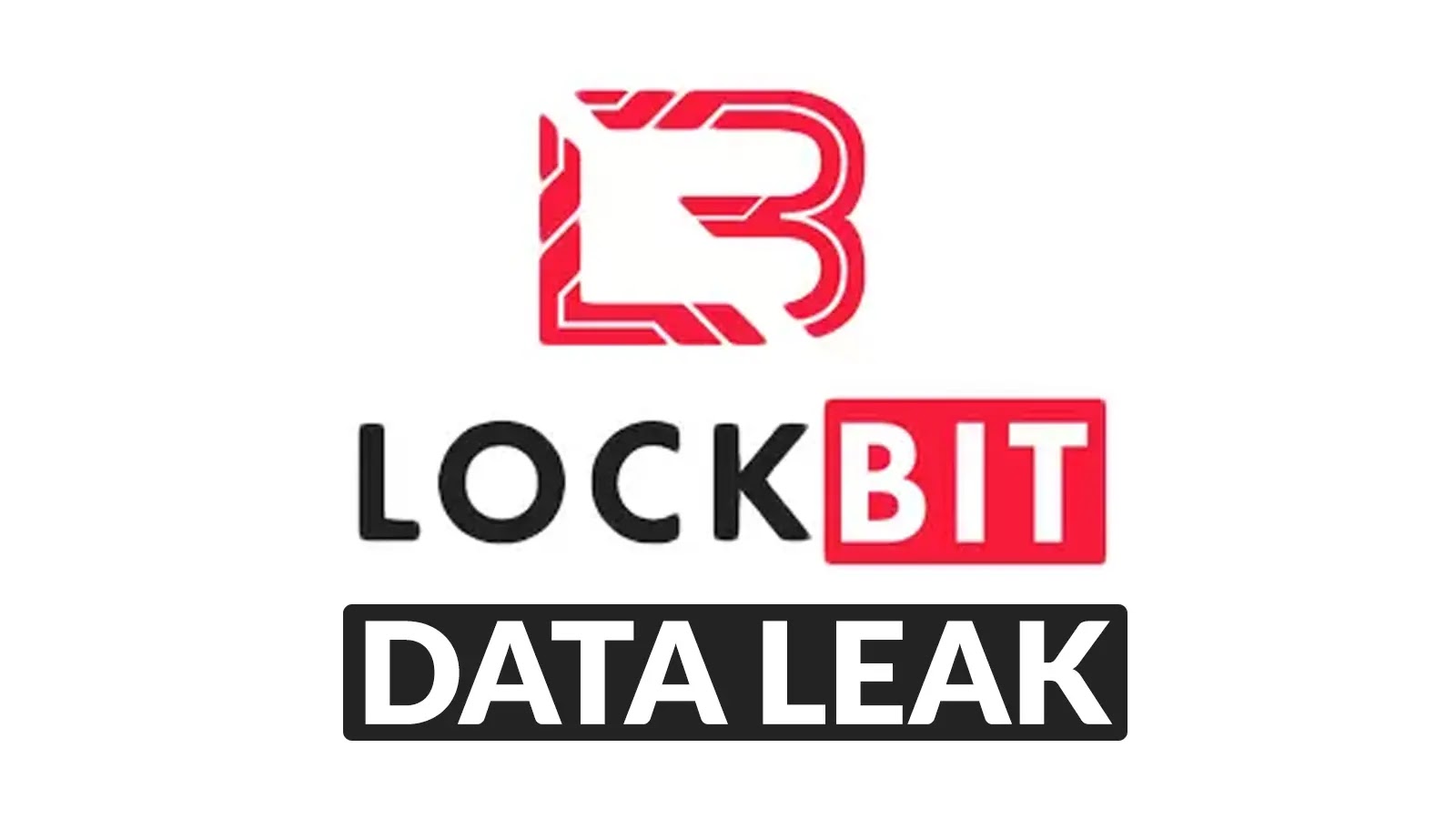In August 2025, F5 Networks, a prominent provider of application security and delivery solutions, identified a significant security breach perpetrated by a highly sophisticated nation-state actor. The attackers maintained prolonged access to F5’s internal systems, exfiltrating sensitive files, including portions of the BIG-IP source code and information on undisclosed vulnerabilities.
Discovery and Immediate Response
F5 detected the unauthorized access on August 9, 2025. Upon discovery, the company initiated a comprehensive investigation, enlisting the expertise of leading cybersecurity firms such as CrowdStrike and Mandiant. Their collaborative efforts aimed to assess the breach’s scope, contain the threat, and implement measures to prevent future incidents.
Details of the Breach
The investigation revealed that the threat actor had infiltrated F5’s BIG-IP product development environment and engineering knowledge management platforms. The exfiltrated data encompassed:
– BIG-IP Source Code: Critical components of the source code for F5’s flagship BIG-IP software, which is integral to load balancing and securing enterprise applications globally.
– Undisclosed Vulnerability Information: Details about security vulnerabilities that F5 was actively researching and patching. The company emphasized that these were not critical remote code execution flaws and, to date, there is no evidence of their exploitation in the wild.
Additionally, a subset of the exfiltrated files contained configuration or implementation information for a small percentage of customers. F5 is conducting a thorough review of these files and plans to notify affected customers directly.
Containment and Security Measures
Following the breach, F5 implemented several security measures to contain the threat and bolster its defenses:
– Credential Rotation and Access Control Enhancement: All credentials were rotated, and access controls were strengthened across systems to prevent unauthorized access.
– Deployment of Advanced Monitoring Tools: Enhanced monitoring tools were deployed to detect and respond to potential threats more effectively.
– Hardening of Development Environments: The product development environment underwent significant security enhancements to mitigate future risks.
Independent audits by cybersecurity firms NCC Group and IOActive confirmed that there was no evidence of tampering with F5’s software supply chain, including build pipelines or released code. Furthermore, key areas such as the NGINX source code, F5 Distributed Cloud Services, and Silverline DDoS protection systems remained unaffected.
Customer Impact and Communication
While the breach did not compromise customer records from CRM, financial systems, support portals, or the iHealth monitoring tool, the exposure of configuration details for certain BIG-IP implementations is a concern. F5 is committed to transparency and is directly notifying affected customers, providing them with detailed information and guidance on mitigating potential risks.
Regulatory and Governmental Response
The U.S. Cybersecurity and Infrastructure Security Agency (CISA) issued an emergency directive in response to the breach, highlighting the imminent threat to federal networks using F5 devices and software. CISA’s directive mandates federal agencies to:
1. Inventory F5 BIG-IP Products: Identify all instances of F5 BIG-IP products within their networks.
2. Assess Public Accessibility: Evaluate whether the networked management interfaces of these products are accessible from the public internet.
3. Apply Security Updates: Implement the newly released updates from F5 by October 22, 2025, to mitigate potential exploitation risks.
This directive underscores the critical nature of the breach and the potential risks posed to national security and public safety.
Industry Implications and Recommendations
The F5 breach serves as a stark reminder of the persistent threats posed by nation-state actors targeting critical infrastructure and technology providers. Organizations utilizing F5 products are strongly advised to:
– Apply Security Patches Promptly: Ensure that all F5 products are updated with the latest security patches to address known vulnerabilities.
– Review Security Configurations: Conduct thorough reviews of system configurations to identify and rectify potential security weaknesses.
– Enhance Monitoring and Incident Response: Implement robust monitoring systems to detect unusual activities and establish comprehensive incident response plans.
By adopting these proactive measures, organizations can strengthen their defenses against sophisticated cyber threats and safeguard their critical assets.
Conclusion
The breach of F5 Networks by a nation-state actor highlights the evolving and persistent nature of cyber threats targeting critical technology providers. F5’s swift response, transparent communication, and collaboration with cybersecurity experts and governmental agencies demonstrate a commitment to mitigating the impact of the breach and preventing future incidents. Organizations leveraging F5 products must remain vigilant, apply recommended security updates, and adopt comprehensive security practices to protect their systems and data.



